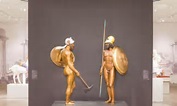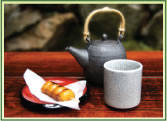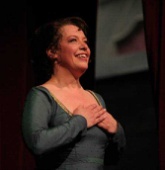May 11, 2025, Gunn Theater, Legion of Honor, San Francisco – The brilliant musicians, Alexander Barantschik, violin; Peter Wyrick, cello; Anton Nel, piano, performed magnificently. Their full- to-the-rafters audience knew it would be wonderful, and this concert was over their expectations. Impossible. It was the last of their 2024/2025 season. This time the program offered three piano trios. Other times they would play a solo, duets, and trio; now it was all three all the time. Fantastic.
Above, L to Rt: Barantschik, Nel, Wyrick
They opened with Joseph Haydn’s Piano Trio in G major, Hob.XV:25 (1795). Its first two movements were graceful and gentle, an Andante followed by Poco adagio. It was a perfect way to tune everyone’s mind. One will forget about parking and the not at all Andante-driving on the way to the museum. We adjusted to being in an elegant chamber with perfect music. Then, the Finale: Rondo all’Ongarese: Presto. We might have lulled ourselves in the first two movements, but this is totally different. It is inspired by Hungarian music and rhythms. Haydn lived in Esterhaza in Hungary for years and absorbed the music which was very popular in Vienna. The music stirred the audience. The listeners did not ponder grace and beauty; they were suddenly attired in those fancy uniforms with fancy buttons and dancing wildly. James M. Keller points out in his program notes that there is a puzzle in this music: Was Haydn inspired by folk music and turned it into Haydn? Or did popular music, considered to be folk music, have Haydn origins?
Phantasie for Piano Trio won the competition for “Phantasies” in 1907. Bridge may be mostly known in the US as Benjamin Britten’s mentor, but Bridge was well known in his lifetime and is still widely recognized as an important musician, violist, and composer, especially in England. The Phantasie was a popular form during the early 20th century. It has one movement. The founder of the competition, Walter Willson Cobbett, encouraged composers to let loose their imaginations “to write what they liked – in any shape – so long as it was a shape.” The music is sweeping and beautiful. It seems like an impressionistic work without any narrative or visual representation, except that it is lush and original with Bridge. It feels like walking on a hill with a breeze swaying branches but not a storm. Invigorating and challenging, it lifts the leaves off the ground, tosses them in circles, but does not smash them. It is not a weak breeze nor a sappy emotion. It is a thrill to be part of the scene.
Piano Trio No. 2 in C minor, Opus 66, by Mendelssohn is an immense, complex piece. It is powerful and gorgeous. Commentary in the program book writes that part of the music “prefigures” Brahms. The author finds Schumann in this music, too. The author may be giving readers something helpful the better to understand Mendelssohn’s extraordinary music. Comparing these composers seems very strange. Mendelssohn died when Brahms was only 14. Schumann declared Mendelssohn’s piano trio in D minor, Opus 49, “the master trio of our time.” The person sitting next to me in the Gunn Theater happened to be a fine pianist. He said he had never heard the music, Piano Trio No. 2 in C minor, opus 66 before. Stunned, like the others in the audience, he could only say it was very great. I find myself unable to comment on this work. Mendelssohn wrote a trio that had the character and invention of a great symphony. I will only suggest that one looks online or at a music library and listen to this work. When Barantschik, Nel, and Wyrick stood up, they smiled and looked as though they had finished an Olympic race. And they had won. This trio demands exquisite technique and heart. Listen.



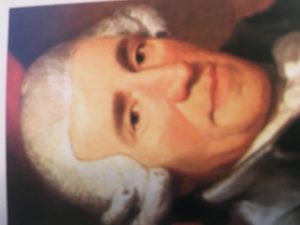
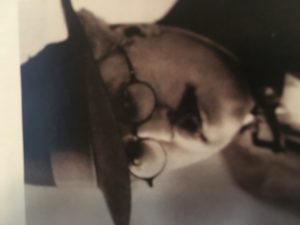
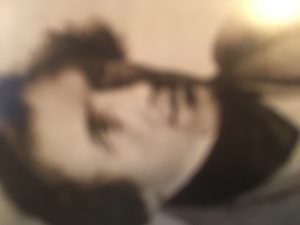
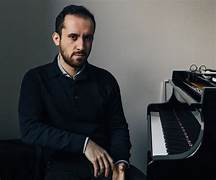
 Ludwig Van Beethoven, Composer (1770-1827)
Ludwig Van Beethoven, Composer (1770-1827)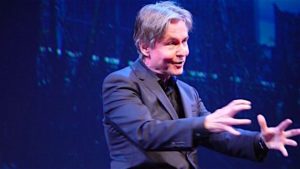 Es
Es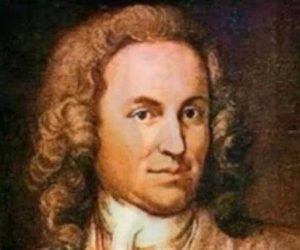 Johann Sebastian Bach (1685-1750)
Johann Sebastian Bach (1685-1750)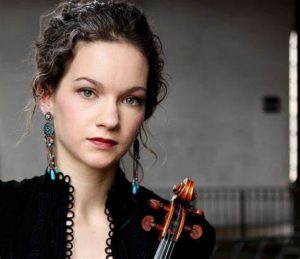
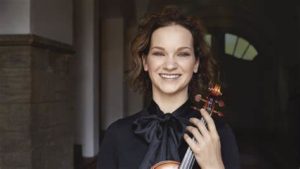
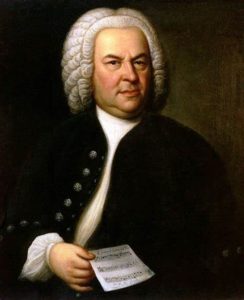
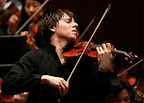
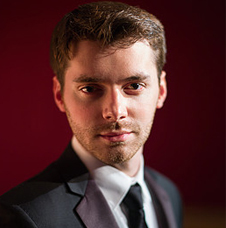
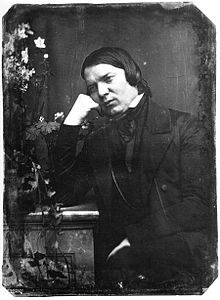
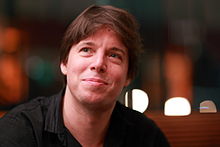
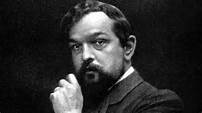 Claude Debussy (1862-1918
Claude Debussy (1862-1918
 Clara Schumann (1819-1896)
Clara Schumann (1819-1896)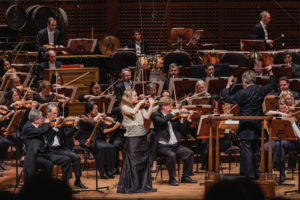
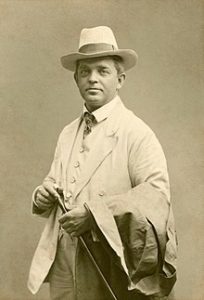
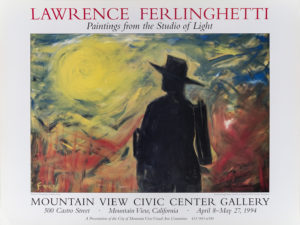
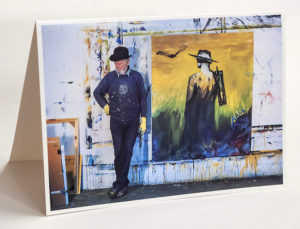
 Photograph of Paul Gauguin
Photograph of Paul Gauguin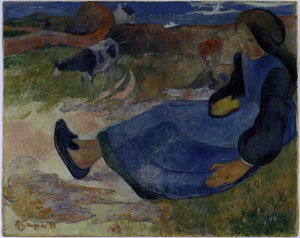 Breton Girl, 1889, is in exhibition at de Young
Breton Girl, 1889, is in exhibition at de Young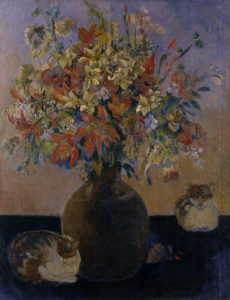 Flowers and Cats, 1899, Tahiti, in the de Young exhibtion
Flowers and Cats, 1899, Tahiti, in the de Young exhibtion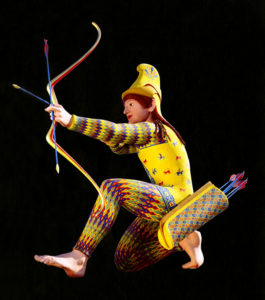 Reconstruction of Trojan Archer, 2005. Original: Greece, Aegina, ca.480 B.C.E.Glyptothek Munich. Copy synthetic marblecast with natural pigments in eg tempera, lead, and wood, height 37 3/4in. Leibieghaus Sculpture Collection (Polychromy Research Project), Frankfurt, on loan from the Universit of Heidelberg, LG157. picture courtesy Fine Arts Museums San Francisco.
Reconstruction of Trojan Archer, 2005. Original: Greece, Aegina, ca.480 B.C.E.Glyptothek Munich. Copy synthetic marblecast with natural pigments in eg tempera, lead, and wood, height 37 3/4in. Leibieghaus Sculpture Collection (Polychromy Research Project), Frankfurt, on loan from the Universit of Heidelberg, LG157. picture courtesy Fine Arts Museums San Francisco.